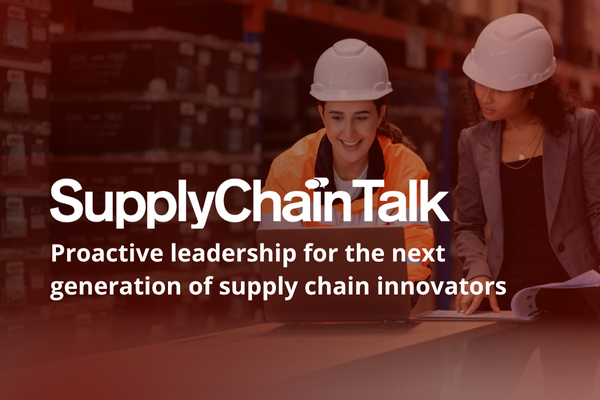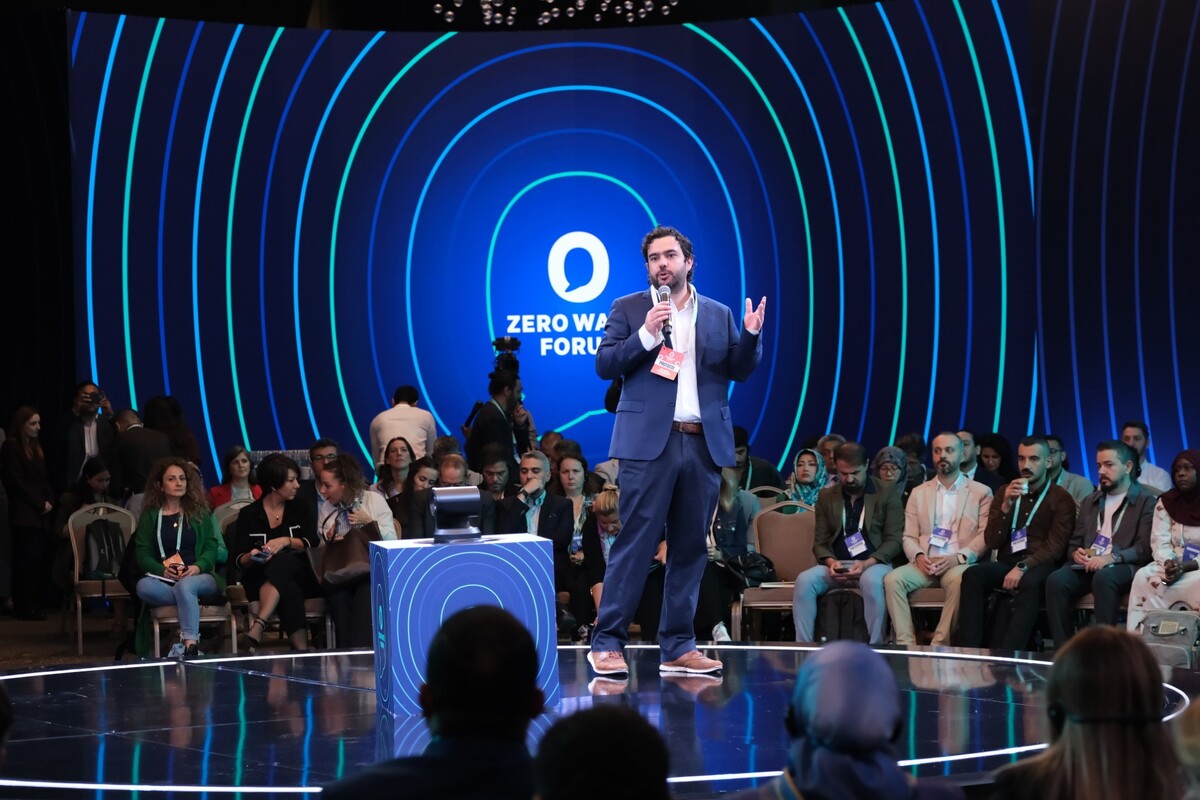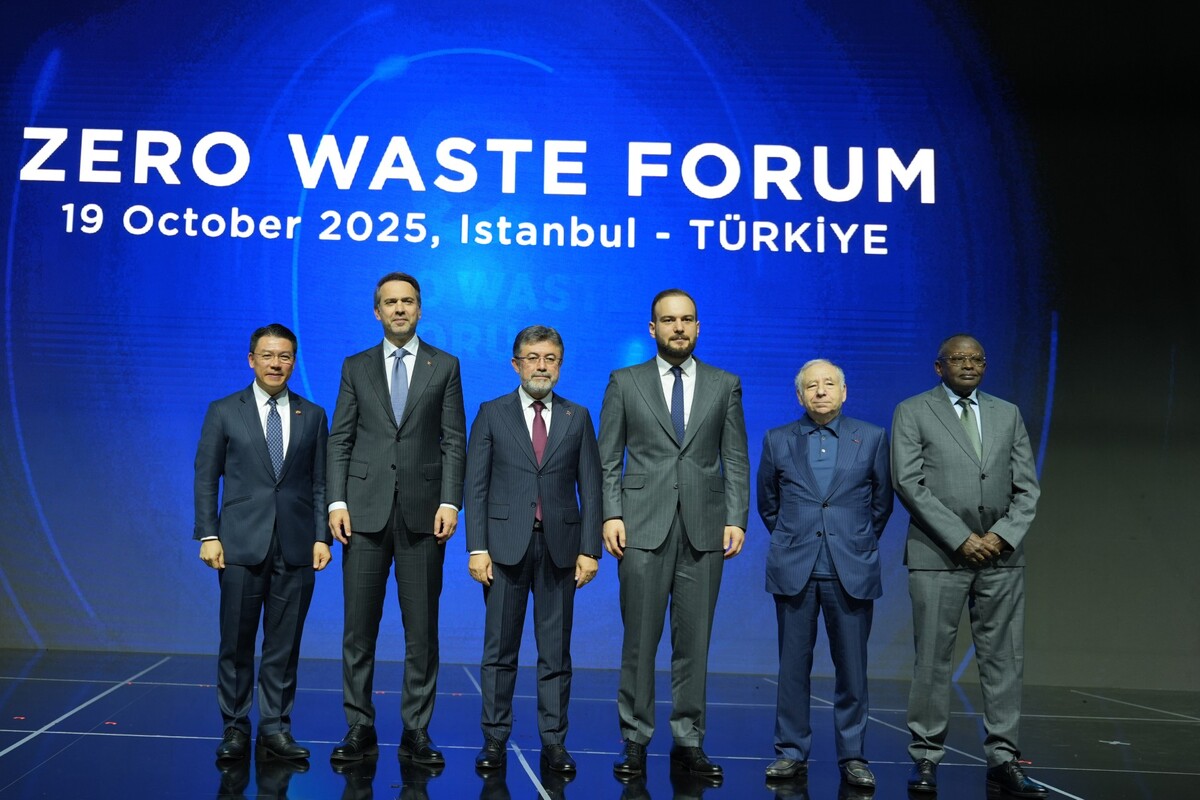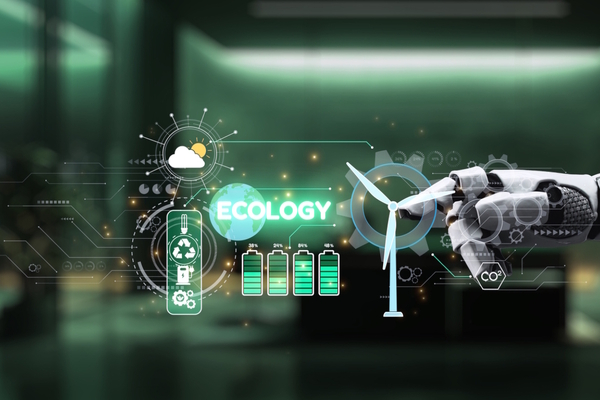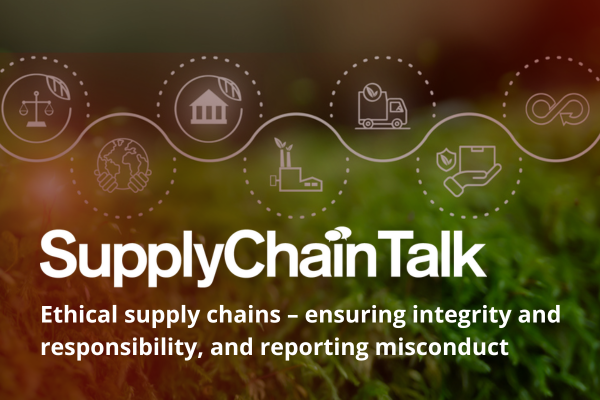Sustainable packaging: myth vs reality
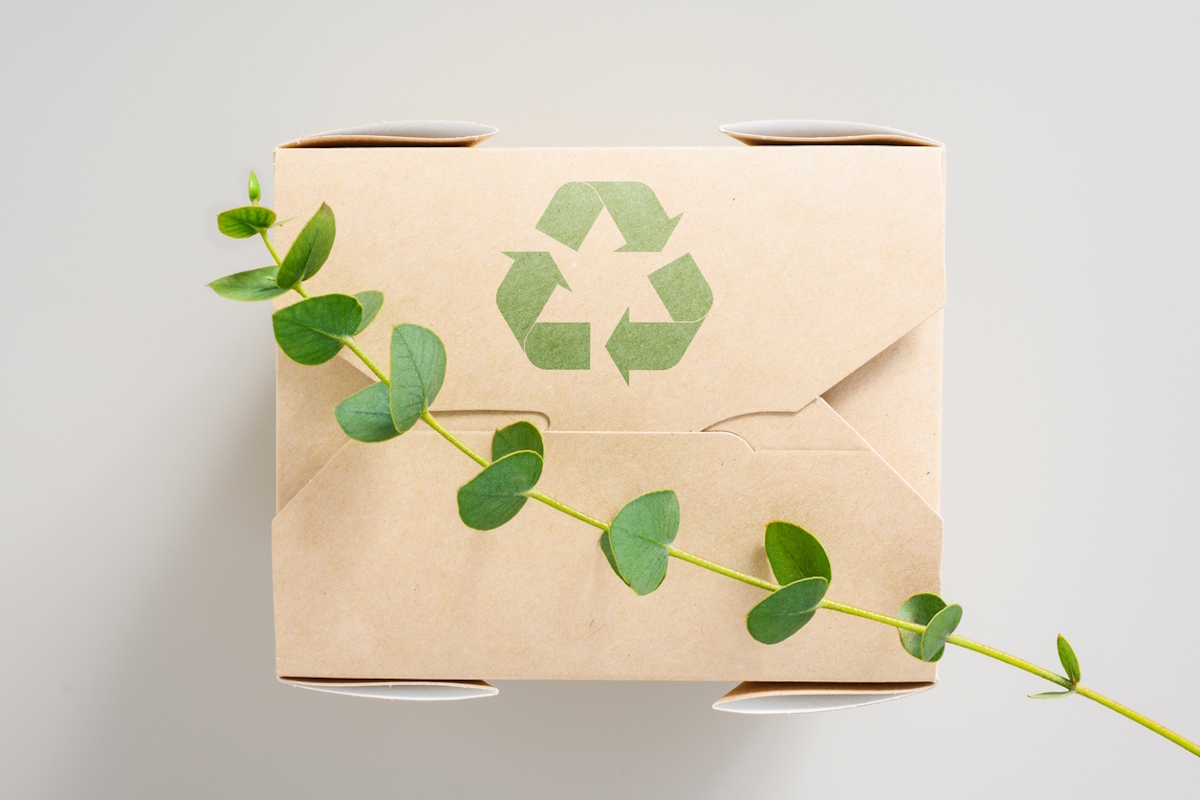
Jo Barnard at Morrama explains why sustainable packaging isn’t always the green choice
Walk into any supermarket in 2025 and you’ll see that plastic packaging is increasingly being replaced by "eco-friendly" alternatives. This isn’t surprising. Our news feeds are flooded with reports about microplastics showing up everywhere - from inside our brains and blood to Antarctic ice. With the packaging industry responsible for 40% of all plastic waste, it’s clear to see this is where some of the blame lies.
So when brands put out new plastic-free packaging equipped with bold green claims, environmentally conscious shoppers will naturally gravitate toward these. But just because something says it’s green on the tin doesn’t mean it’s true. The reality is actually far more complex.
Misplaced focus
Plastic has certainly earned its reputation. It’s impossible to ignore the growing concern surrounding the impact it’s having on our bodies and environments. But there’s a reason why plastic packaging has remained the mainstream choice for many products.
Plastic is safe and non-toxic for humans in most situations, effective at protecting products, and ultimately cheap to mass produce. And when considering a complete product lifecycle, plastic often remains significantly less energy-intensive than alternatives. In fact, research has shown that replacing plastic packaging with alternative materials - like paper, glass, metal, and even bioplastics - can actually increase greenhouse gas emissions due to high energy intensity production processes.
Let’s consider paper packaging. Many assume that it’s more environmentally friendly as it’s made from natural materials. But in reality, it is energy and water-intensive to produce, requires chopping down trees that offer carbon sequestration, and if everyone adopted paper in favour of plastic, it would place a huge and unsustainable demand on forests.
“Green” packaging alternatives can also distract from the total environmental impact of the products they wrap. Take the coffee and chocolate industries. Both product categories have enormous carbon footprints from processing and global transportation.
When shoppers see their favorite brands wrapped in paper rather than plastic, they assume they’re making a greener choice, when the packaging is merely a fraction of the product’s total environmental impact. A study in 2023 into coffee formats suggested that coffee pods are actually a better choice over filter coffee, despite the additional packaging, as they result in the lowest ratio of coffee per-cup.
Reduce, reuse or recycle?
The average shopper has an oversimplified understanding of a product’s impact on the planet which often misses anything that happened upstream. As a result, their assumptions about what is better for the planet are not always accurate. Legislation is trying to address this by offering brands clearer guidance. But even well-intentioned policies can lead to outcomes that seem counterproductive.
Take for example the new Extended Producer Responsibility rules that will require brands that produce over 25 tonnes of packaging waste annually to report and potentially pay a fee for their packaging. Plastic packaging is, in most cases, lighter than paper and certainly lighter than glass. There are concerns from paper and glass manufacturers that this then encourages more brands to switch to plastic. However, it’s also encouraging companies to reduce packaging, cutting unnecessary materials, weight and features.
Alongside reduction, initiatives like the EU’s Circular Economy Action Plan and Packaging and Packaging Waste Regulation aim to transform product lifecycles and increase recycling rates. But, when it comes to packaging, the goal isn’t simply better recycling but instead total reusability. This means creating packaging that functions as returnable, reusable vessels instead of single-use containers relying on virgin materials.
Think of Germany’s effective glass bottle system. There have been plans to implement a similar deposit returns scheme in the UK - currently pushed back to 2027 - but shifting consumer and industry behaviour is vital for these schemes to work. And that takes time. The UK plastic bag tax, for example, took a decade to achieve its 97% reduction in carrier bag usage.
This unpredictability of consumer behaviour and varying recycling rules is why brands are switching to innovative plastic-free or compostable materials. However, whilst the idea of packaging breaking down and feeding nature is idyllic, only 3% of UK households have composting capabilities, and so in reality, compostable packaging is mostly burned or put into landfill where the conditions are not conducive to breaking the packaging down.
Also, people often misplace bioplastics in conventional recycling bins, which can contaminate entire waste streams. The reality is, that without improvements in both infrastructure and education, innovative materials will fail to provide an overall benefit to the environment.
No one-size-fits-all
Instead, we need a three-pronged approach. Firstly, reducing packaging where possible. Reduce weight, reduce resources and reduce carbon impact or even cutting packaging out altogether. Secondly, switching to reusable packaging within more controlled systems, including B2B food and drinks sales and fast-food restaurants. And thirdly, businesses can create packaging that utilises innovative materials for where there are no options for recycling.
And there is some exciting material innovation happening: seaweed-based packaging that doesn’t require land resources, or PHA bioplastics created through bacterial fermentation that perform like conventional plastics but with a better end-of-life outcome. And we’re also seeing new technology that will improve waste sorting accuracy, like Greyparrot’s AI-powered system; improving recycling rates and ensuring non-recyclables are removed to prevent contamination.
There will never be a one-size-fits-all solution when it comes to packaging. Within our agency, we often receive briefs from brands wanting to make refillable or plastic-free packaging solutions. However, a recent project on a packaging brief for a suncare brand targeting outdoor enthusiasts highlighted that, in some cases, avoiding plastic can lead to a far more energy-intensive product and isn’t particularly relevant to a seasonal product like sunscreen that might only be refilled once.
As designers, we understand that it’s our responsibility to look at each packaging brief independently and design based on the context. And this expertise can help guide businesses to understand the most sustainable choice won’t always be the most intuitively "green" option.
Jo Barnard is Founder and Creative Director of product design agency Morrama
Main image courtesy of iStockPhoto.com and Nikita Burdenkov

Business Reporter Team
Most Viewed
Winston House, 3rd Floor, Units 306-309, 2-4 Dollis Park, London, N3 1HF
23-29 Hendon Lane, London, N3 1RT
020 8349 4363
© 2025, Lyonsdown Limited. Business Reporter® is a registered trademark of Lyonsdown Ltd. VAT registration number: 830519543

